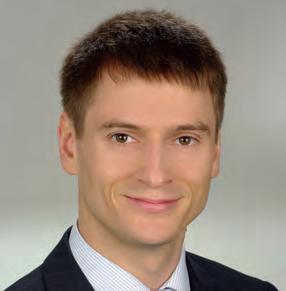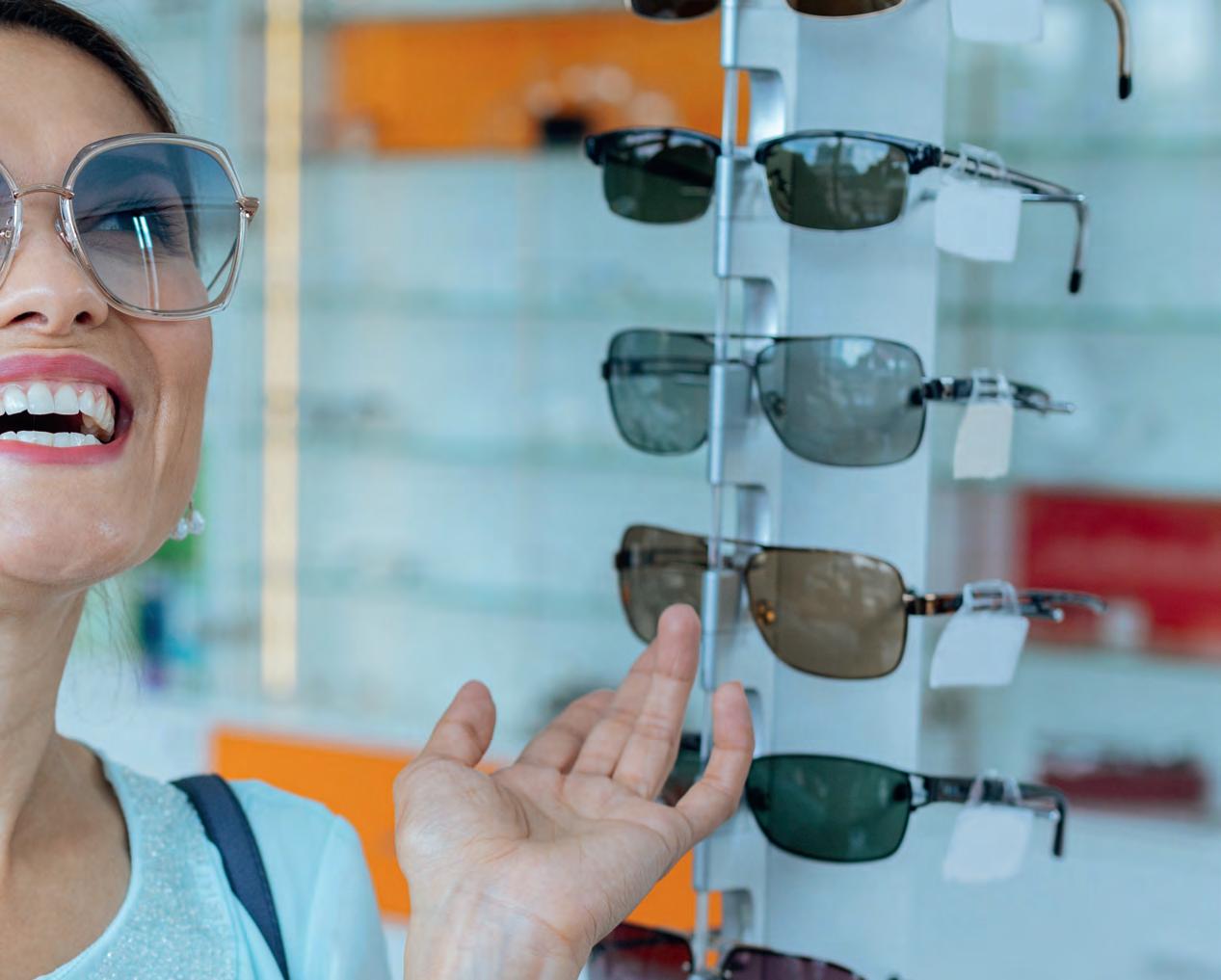
3 minute read
Consumer sentiment and market data in Europe
An interview with Roland Lorek of Growth from Knowledge (GfK)
Things have become unsettled in Europe. Material shortages, the war in Ukraine and the energy crisis have changed Europe but also consumer sentiment. MAFO has talked to Roland Lorek, Market Analyst and Consultant Optics from the market research institute GfK, about how the circumstances are affecting the ophthalmic market in Europe.
Advertisement
By Hanna Diewald
Of particular interest to certain countries
Mr. Lorek, in Europe, the days of long lockdowns and similar restrictions are over for now. How does that affect the European ophthalmic optics market?


The pandemic is now (hopefully finally) over and the markets had already recovered after 2021 and reached or even exceeded their respective pre-corona levels of 2019 again. Now, unfortunately, with the war in Ukraine, related concerns about e.g. gas supply, and especially with the current inflation in Europe, new dark clouds have appeared in the economic environment of the markets.
How does this affect consumer behavior?
What we recognized during the corona pandemic is that consumers in different countries were actually more inclined to shop at the smaller independent optics, rather than the larger chain stores or the chain stores in the city centers, out of fear of the virus. Prices were not a big problem as the European states gave out financial compensations for Corona losses and customers could save many from other spendings they used to make (e.g. tourism, dining etc).
These two conditions are changing now. The pandemic is over. That means people are no longer afraid of the virus. So now they can go back to the city centers, to the chain stores.
At the same time, consumers have less money in their wallets due to inflation. The mood is gloomier, fewer new things are being purchased.
How does inflation change shopping behavior?
People have less money in their pockets in real terms, they are insecure and try to keep their money together. That will probably mean that within the different types of stores that we have in the markets – independent opticians and chain stores –, we will probably see people become more price sensitive after all and go for lower priced products if necessary.
What trends, particularly in the area of spectacle lenses, can be seen from the current figures?
In terms of the type of correction, the European market has shown little change in recent years, although an increase in the proportion of progressive lenses is to be expected here in the medium to long term due to demographic developments. Manufacturers are increasingly offering myopia management solutions for the very young customer groups. Although large quantities are not yet being sold here, the growth rates are considerable.
Almost every major lens manufacturer now offers a lens for myopia control, so we will see to what extent this type of lens develops over the next few years. In terms of refractive indices, the trend toward higher refractive indices in conjunction with thinner lenses is currently continuing.
How have sales developed in terms of ophthalmic lenses?
In terms of spectacle lenses, sales in 2022 in the EU4 countries (DE, ES, IT, FR) grew by about 2% vs 2021, which is nominally about 9% above the pre-crisis level of 2019. Now, taking into account some inflation in the Eurozone, we can say that the markets have recovered well from the corona impact.
Personally, I expect that in 2023, increased production costs and material costs will increasingly be passed on to buyers. To what extent additional sales growth in terms of volume is then possible in the current environment remains to be seen.
How did sales develop in terms of frames?
In terms of spectacle frames, we are nominally pretty much at the level of 2021 in the EU4 group. Especially if you mentally add inflation here, you can see that customers are already starting to reduce their spending, this will also influence the further development of spectacle lenses and frames.
How interested are consumers in buying eyewear online?
Here I have no data basis across Europe to make a general statement. In Germany, we have observed an increasing merging of sales channels across all product groups in recent years, with an increasing share of online sales. This certainly also applies to ophthalmic optics, especially for contact lenses, for example.
But for eyewear in general, the situation is more complicated than in other industries due to the difficulty of online refraction. Overall, we estimate the online share of eyewear sales in the low to mid single-digit percentage range, with a growing trend over the last few years.
In your opinion, are there currently disruptive technologies that could change the market completely? For example, smartglasses?
I am sure that over the next 5-10 years we will still be working with the familiar products, which will, however, continue to evolve in terms of segments. Orthokeratology contact lenses are innovative products, or spectacle lenses for myopia management, but such products do not change the market completely.
Smartglasses have been talked about for many years, and some companies are working on these products, but they have not yet fundamentally changed the market.
What development in the market has surprised you the most?
I found surprising how well the ophthalmic industry in Europe has adapted to the pandemic situation of the last three years. After the first corona quarters, I would not have believed that the markets would be able to return to their previous sales levels as early as 2021.
Thank you very much for the interview ◆










